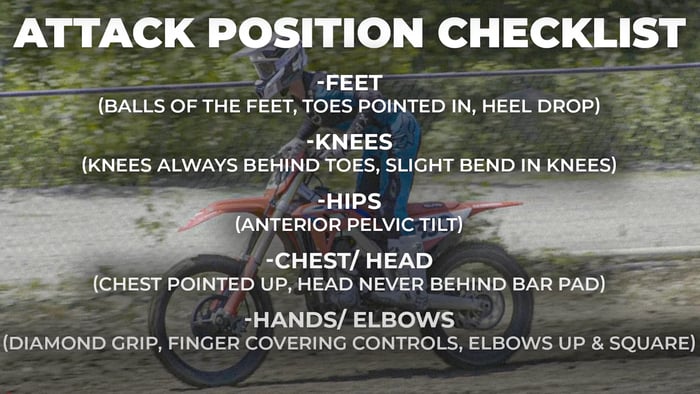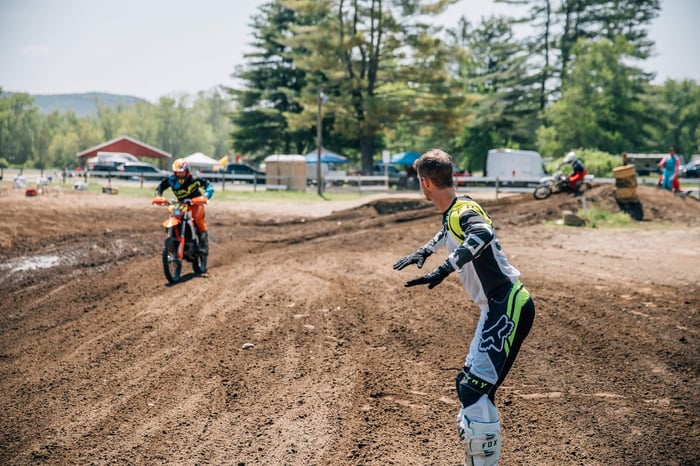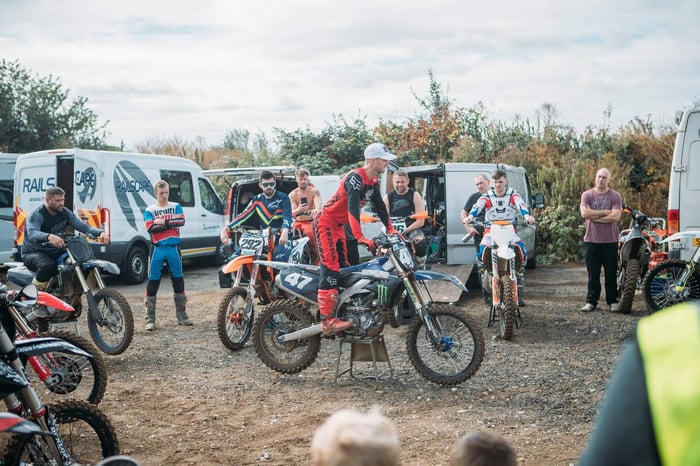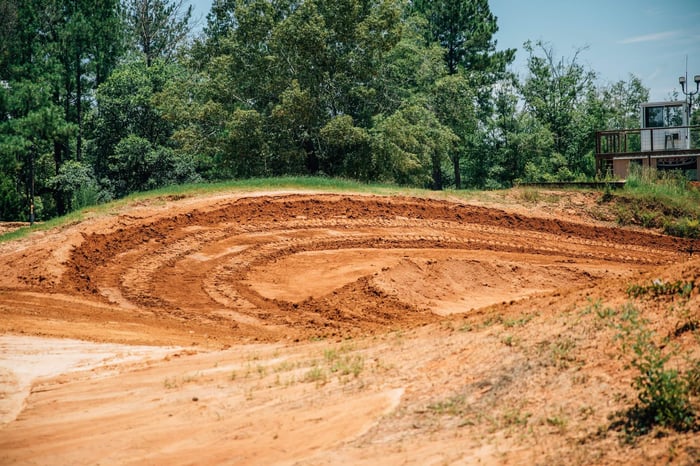Why It All Starts With Your Body
Speed is fun. But speed without control is chaos.
At The Moto Academy, we’ve trained thousands of motocross riders—from 5-year-old beginners to retired pros dusting off their gear. And no matter who shows up, the lesson always starts the same:
Fix your body position, and everything else starts to click.
You don’t need a new bike. You don’t need stiffer suspension. You need to connect with your machine—through your core, your legs, your breath.
“Body position is the foundation of everything you do on a dirt bike.” — AJ CatanzaroOnce your posture and balance are correct, you stop fighting the bike and start flowing with it.
We’ve seen riders break through years of frustration just by adjusting their head position or foot angle. One mom even cried after seeing her 11-year-old finally jump with confidence—all because we taught him the proper body position on his bike.
This guide is your roadmap to that same kind of breakthrough.
The Mindset Shift: Riding Isn’t Brute Strength—It’s Body Intelligence
Most riders grow up being told to “hold on tighter.”
But motocross isn’t a test of grip strength—it’s a test of awareness. The best riders are the most relaxed and efficient. They aren’t fighting the bike. They’re listening to it.
This is where we take a page from neuroscience.
Dr. Joe Dispenza teaches that new habits are formed through conscious effort and repetition. When applied to riding, it means:
- You must become aware of your bad posture.
- Then consciously correct it—over and over.
- Until your nervous system rewires, and the correction becomes subconscious.
This is why the right body position (TMA Position) doesn’t just make you faster—it rewires how you feel on the bike. More stable. More fluid. More free.
The TMA Position: Your Home Base
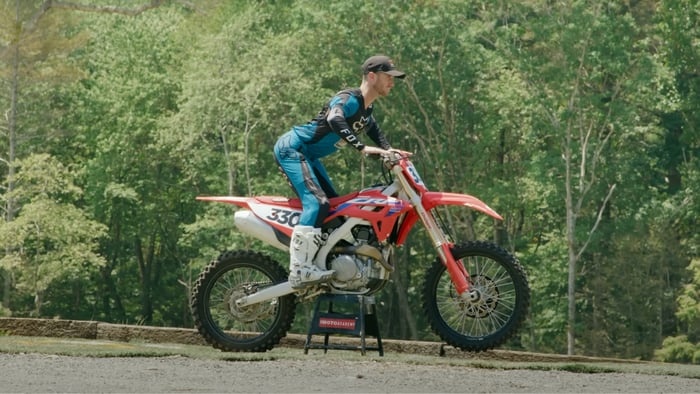
Everything we teach at The Moto Academy builds from a single idea: The TMA Position, or attack position.
This is your "home base"—your reset point. Whether you're exiting a jump, accelerating into a corner, or braking downhill, returning to this position keeps you safe and balanced.
Watch AJ break down proper attack and neutral body position here.
Key Points of TMA Position:
- Head over the handlebars (chin roughly over the crossbar)
- Eyes forward, not down at the fender
- Elbows up and out, not tucked or drooping
- Back flat, not hunched or arched outwards
- Hips over footpegs, not hanging off the rear fender
- Knees lightly bent gripping the bike
- Toes on the balls of your feet, pointing forward, heels dropped
AJ’s Quick Body Check:
- Can you move your elbows up 10% more?
- Are you standing on the balls of your feet, or your arches?
- Is your head over the bars, or behind them?
- Do you feel tension or flow?
The Balance Triangle: Feet, Core, and Vision
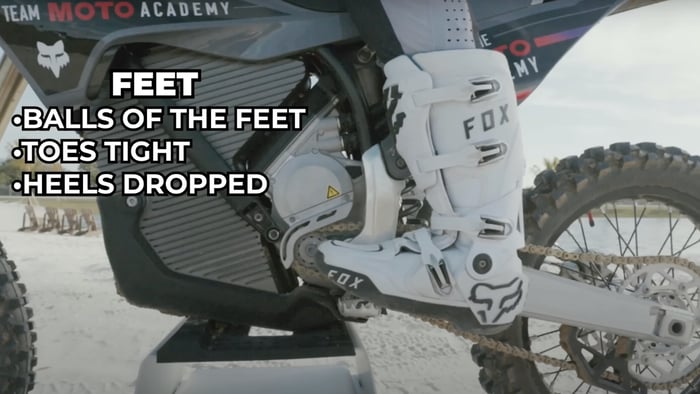
Great balance isn’t about standing still—it’s about managing motion.
We teach a concept called the Balance Triangle, made up of three crucial anchors:
1. Foot Pressure
Your feet are your foundation. We teach riders to stand on the balls of their feet with heels dropped, and toes pointed in, which allows for your body to act as additional suspension.
See AJ explain foot pressure and body alignment in this private lesson breakdown.
2. Core Engagement
The secret weapon of control isn’t your arms—it’s your core. A tight (but not stiff) core stabilizes the bike under braking, absorbs impacts, and helps you float over rough terrain.
3. Vision
Where you look is where your body wants to go. Looking through the obstacle keeps you flowing forward. Riders who stare at the front fender stiffen up and fall behind the bike.
Standing vs. Sitting: When and Why
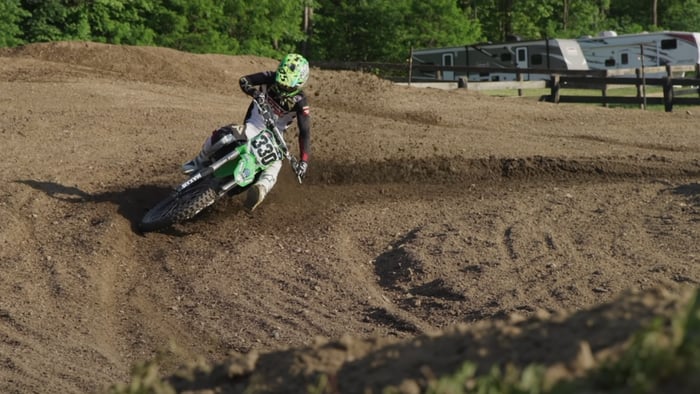
There’s a time to sit. There’s a time to stand. But most riders do both at the wrong time.
Watch AJ teach standing and sitting transitions in this lesson.
Standing:
- Allows for better vision, absorption, and balance.
- Essential for braking bumps, acceleration bumps, and jump faces.
- Keeps weight over the pegs, not the rear fender.
Sitting:
- Useful mid-corner for traction and feel.
- Great for rest—but only when the bike is stable.
“If you’re going to sit, do it with purpose. Don’t collapse into it—choose it.” — AJ CatanzaroBreak the Bad Habits
The hardest thing about improving is unlearning.
Common Mistakes We See:
- Death Grip – Causes arm pump and locks up body mobility
- Dropped Elbows – Reduces control and leverage
- Toes Out – Leads to ankle injuries and reduces peg pressure
- Lazy Core – Causes slouched back, poor balance
- Rearward Bias – Sitting too far back creates instability
Watch Coach Mitchell identify and correct these common mistakes.
Fix It Fast: Drills That Work
No change sticks without reps.
- One Hand Drill – Practice full laps with your left hand off of the bars
- Standing only Drill – Ride without sitting, keeping your feet in the pegs
- Vision Drill – Use cones to train looking ahead, not down
- Shadow Riding – Follow a coach and mimic posture for full laps
Body Position in Motion: The Speed Factor
Your neutral position is a starting point—but it must adapt.
At Low Speed:
- Exaggerate your posture corrections.
- Go slow enough to feel imbalance.
At Race Speed:
- The bike pulls you in new directions.
- You must react quickly, but never rigidly.
Pro Tip: Learn to “reset” into neutral mid-moto. This is what keeps fatigue from spiraling into mistakes.
Inner Control = Outer Confidence
“When your technique is right, the bike disappears beneath you. You stop fighting and start flowing.” — AJ CatanzaroThe more you align your posture, the more you quiet your mind.
It’s not just about riding fast. It’s about feeling connected. Calm. Capable.
Final Thoughts
- Your body position affects everything you do on a bike.
- Balance isn’t just physical—it’s mental, emotional, and strategic.
- Mastering this opens the door to speed, safety, and confidence.
Want help? We’ll coach you in person or break it down in the Moto Academy App.
👉 Take a class or start a free 30-day trial of the App with code TMAFAM.
FAQs
What is the correct body position on a dirt bike?
The correct body position—often called neutral or attack position—keeps your body centered and balanced so you can respond quickly to terrain. Your head should be over the bars, elbows up, back flat, knees slightly bent, and your weight centered over the pegs using the balls of your feet. This posture creates stability for cornering, braking, and jumping.
Why does foot position matter in motocross riding?
Foot position directly affects your balance, control, and safety. Standing on the balls of your feet allows you to apply peg pressure and absorb bumps with your legs with ankle flection. Toes should point slightly inwards—not outward—to avoid catching on ruts or obstacles. It’s one of the first fundamentals we teach at The Moto Academy.
How do I know if I have bad habits in my riding technique?
Common signs include dropped elbows, slouched back, stiff arms, sitting too early in corners, and riding on your heels. These habits are usually subconscious. At The Moto Academy, we use slow-speed drills, on-the-bike corrections, and video review to help riders identify and fix these patterns quickly.
Can you really improve your riding technique in just one day?
Yes—especially if you’re focused on fundamentals like body position and balance. Riders who attend a Moto Academy class often see breakthroughs in just one session. The goal isn’t to make you faster immediately—it’s to rewire how you connect with the bike so you ride smoother, safer, and with more confidence.
What’s the best way to practice body position at home or off the bike?
You can build great habits through static drills like neutral balance stance, core activation exercises, slow stand-to-sit transitions, and shadow-riding walk-throughs. We recommend practicing the TMA position with your bike on the stand to simulate real posture without needing a moving bike. Our Moto Academy App and in-person classes both provide these types of practice routines to help you develop muscle memory—even off the bike.
